
I’ve always liked the idea of living in Nova Scotia, since I graduated from the Haileybury School of Mines many years ago and have had the pleasure of visiting this beautiful province of Canada many times over the years for business and pleasure. I’ve never had the opportunity to live there but my son Daniel now lives in Halifax, Nova Scotia! This gives me an extra incentive to visit that splendid part of Canada, at least yearly. While there, we always try to do some mineral collecting. To me it is the perfect place to collect minerals. It can provide all of the ingredients of a successful mineral collecting endeavour: relatively accessible localities, beautiful scenery and great minerals!
The collector community in Nova Scotia has been very generous in sharing their knowledge of Nova Scotia minerals and the various localities. Terry Collett, dean of Nova Scotian collectors, from Dartmouth, NS, has assembled a spectacular collection of crystallized minerals from Nova Scotia, including many excellent coppers specimens. Terry, along with Doug Wilson (Wilson Minerals) and Ronnie Van Dommelen (Mineralogy of Nova Scotia, http://nsminerals.atspace.com ) are the “ambassadors” of mineral collecting in Nova Scotia, each one, helping interested people in their own way to learn about or collect minerals from this beautiful province. These men regularly scour the surface of Nova Scotia for great mineral specimens and are very knowledgeable.
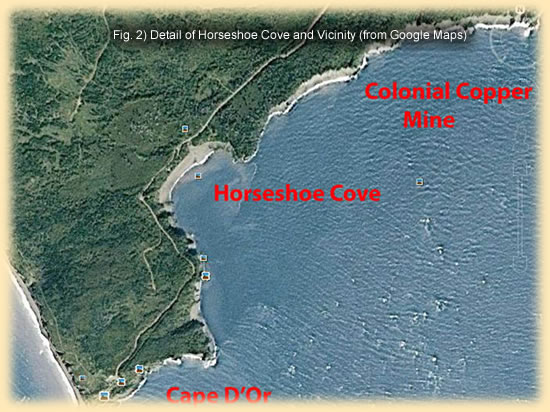
As you may know, I have always been interested in “native elements”, elements that occur in nature in their pure form. I’ve known about the excellent arborescent native copper from Cape D’Or area for many years and have now had the opportunity to visit that locality twice and collect some very nice copper as well as other minerals. There are several places where you can collect copper crystals and I have visited what is arguably the best, the site near the old Colonial Copper Mine. I’ll just refer to it as Cape D’Or or “the locality”, etc., for the purposes of this article and will focus just on this spot, just east of Horseshoe Cove.
All of the site photographs in this article were taken on a trip to Cape D’Or with Terry Collett, Daniel Joyce and Miriam Moren in June, 2010
There is no easy way to access the locality. Access is either by boat or by making your way down the very steep mountainside and finding a gap in the cliffs. It is possible to hire a fisherman or other local person to take you there by boat. The trip down the mountainside is precipitous and ropes and ladders are very helpful. Either way, you REALLY need to coordinate your visit with the tides. The tide here is 17 metres (50 feet) and when it comes in, it is fast in places and can be very dangerous to be trapped along the base of the cliffs when high tide is approachng! You need to plan your trip so that you arrive at the base of the cliffs just after the tide is going out and then ensure you are out of the area before high tide occurs six or so hours later. Tide tables for all areas around the Bay of Fundy are available in the internet. Timing is critical!

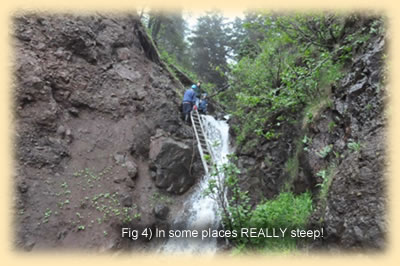
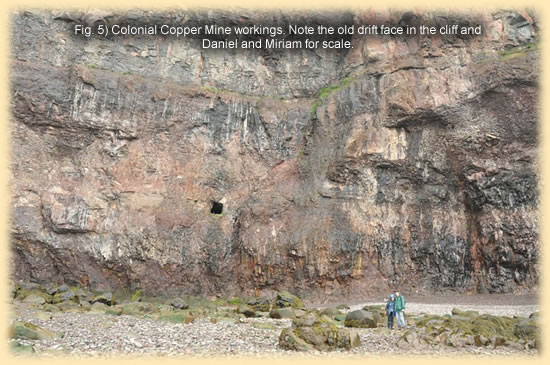
The locality is located above low tide but below high tide beneath the old workings of the Colonial Copper Mine which was an underground mine that operated for a short time during the late 1800’s and early 1900’s. It is possible to collect native copper crystals from outcrops at the base of the cliffs that contain the old drifts, shafts and stopes. Old workings can still be seen on the face of the cliffs as they are slowly eroded by freezing/thawing and incessant pounding by the Bay of Fundy.
You’ll notice from the photographs that the shoreline is composed of rough jagged rocks close to the cliffs and rounded cobbles and boulders further away from the cliffs. The point is that rocks are constantly falling from the cliffs as they are undermined by the Bay of Fundy. You MUST be very careful when approaching or very close to the cliffs. Falling rock is a real hazard, especially in the spring time, early summer and during after rainfalls. Very much akin to standing beside a freshly blasted quarry face. High risk. A hard hat and lots of care are recommended.
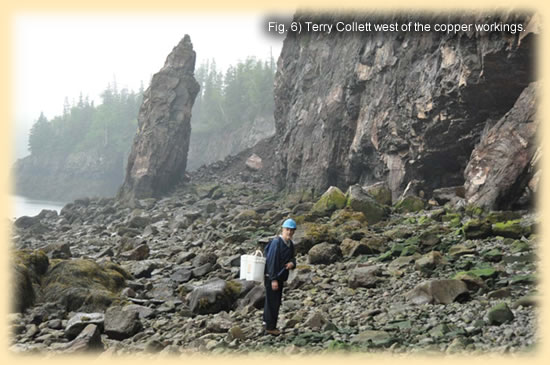
The rock at Cape D’Or is basalt, many flat lying flows of Triassic age, as it is in most of the mineral collecting locations around the Bay of Fundy. The basalt at this locality has had hydrothermal solutions percolating through the joint planes (fractures) in the basalt. Where the solutions have percolated through the joint planes, the basalt has been altered to chlorite. Zeolites, calcite and native copper have been precipitated in the joints. The copper is usually embedded to some degree in chlorite but also often in the zeolites.
In addition, these lava flows have amygdules or vesicles, ancient bubbles in the lava that are always filled or partially filled with minerals, particularly silicates of the zeolite group. New cavities are constantly being exposed as the Bay of Fundy wave action undermines the cliffs causing rock falls and/or as frost action loosens rock joints causing rock falls.
The basalt outcrops need to be examined to locate traces of copper in fractures, in the basalt. To collect in at the locality, it is necessary to break out the blocks of basalt, to expose the fractures that contain the copper and other minerals. This can be accomplished by driving wedges or chisels into fractures under or behind blocks of basalt to eventually force or pry them out. If there are copper crystals present, they will be attached to the block that you have pried out or on the rock that you left behind.
The copper is usually pristeen and coppery coloured if it has been encased in the chlorite and zeolites. Sometimes it has a tinge of green from oxidation and other tinmes is very red due to a thin coating of cuprite.
Sometimes the copper peels right off of the basalt and will appear as a sheet of dendritic copper with chlorite and/or zeolites between the dendrites. The chlorite is relatively easy to remove from the copper with a needle or dental picks. Careful, though! The copper is often very delicate and easily bent and broken even under fairly slight pressure. Sometimes the copper will be attached to the rock and the trick is to remove enough of the chlorite and/or zeolites to expose the copper without causing it to fall off the basalt matrix. This is difficult to do and, thus, the majority of specimens do not have matrix! It is best to transport specimens home to work on them carefully under magnification and good light to best expose the copper.

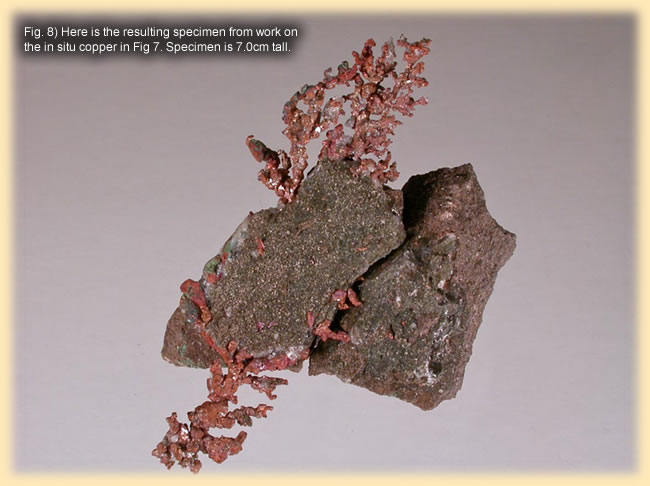
There are other minerals in the vicinity of Cape D’Or. The only other mineral of significance that I saw at the copper location was stilbite in veins and amygdaloidal cavities. Further along the coast very nice specimens of mesolite, stilbite, gmelinite and apophyllite can be collected, at times.
Here are some images of the area, along with specimens to give you a better visual idea of the area and specimens.

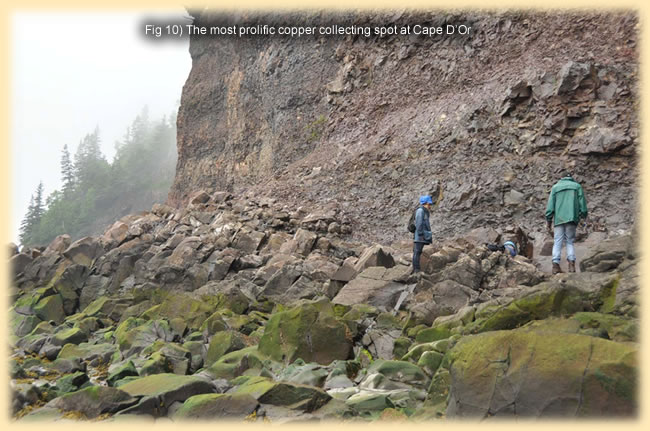
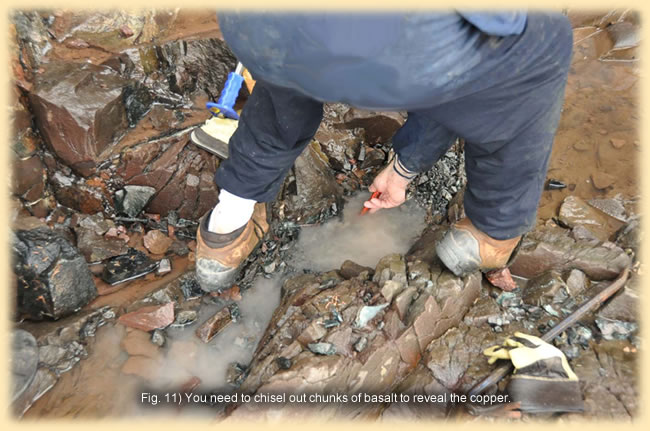
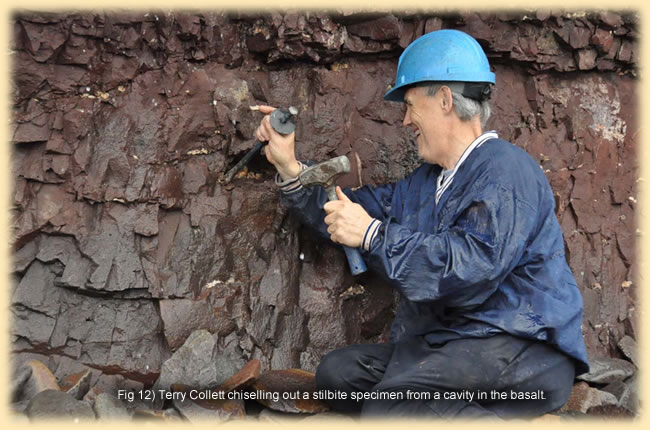
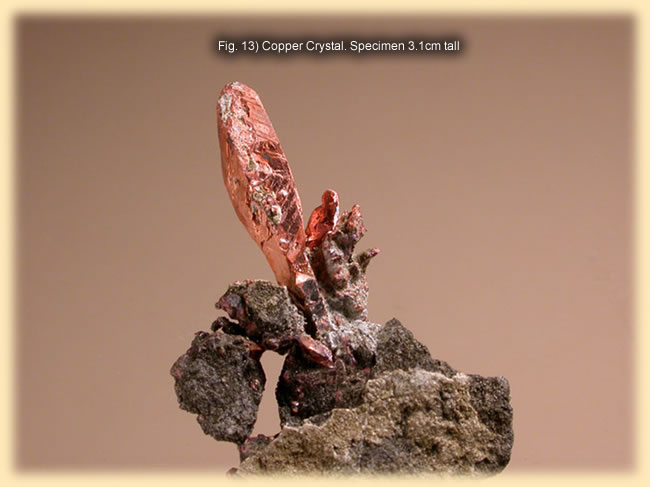

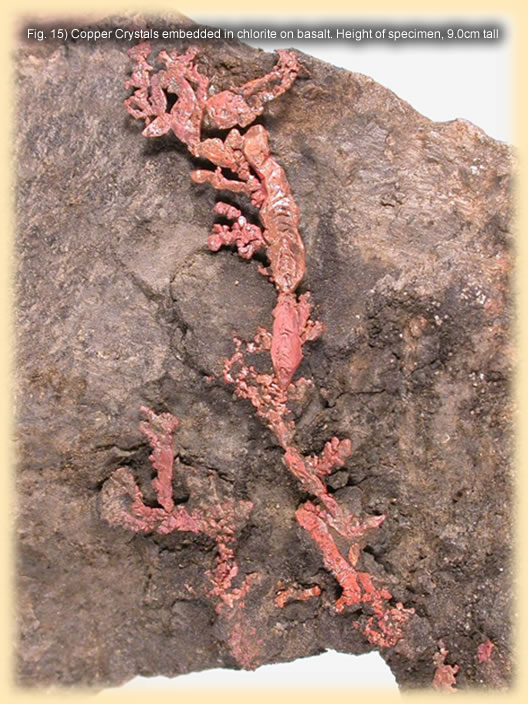
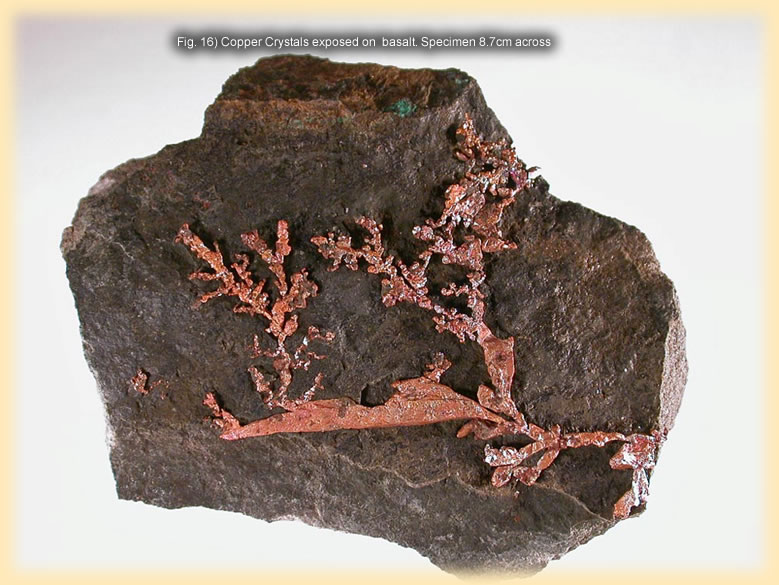
Cape D’Or is a beautiful, if not somewhat difficult place to access and collect nice native copper specimens. Access is by boat or descent down the sides of the Cape. Good luck if you want to give it a try!
Again, thanks to Terry Collett, Ronnie Van Dommelen and Doug Wilson for their generosity and knowledge of the Cape D’Or area.
Mineralogy of Nova Scotia, http://nsminerals.atspace.com , Excellent website, R. Van Dommelen